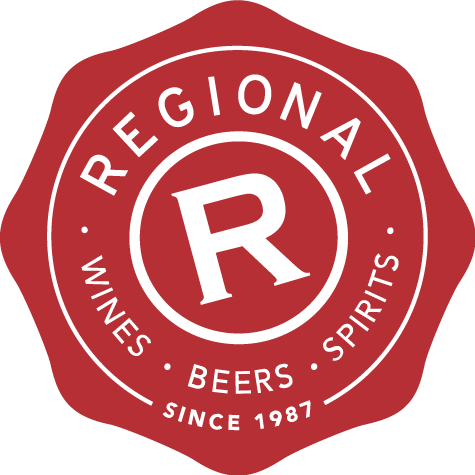
Barbar Belgian Honey Ale and the familiarity of fermentation
The preferred source of sugar for brewers is malted barley. This is a grain that has been allowed to germinate and whose starches have been converted into fermentable sugars, but there are plenty of other options, and one is honey.
Fermented honey brews are known as mead and seeing as six million years of human evolution has been accompanied by that of bees (who appeared on the planet some 120 million years prior) it is a fair assumption that mead has a long history. There’s even a theory that Palaeolithic Africans were flooding bee nests, which results in a natural fermentation, to make water clean enough to drink (a generally forgotten yet rather handy by-product of fermentation that has driven beer evolution through the ages).
Today's brew is made using honey, wheat, hops and yeast - and to the best of my knowledge, the majority of its fermentable sugar comes from the honey, so it falls under the broader definition of a mead.
The bottle doesn’t really shout about this though - and it’s only upon close scrutiny that you’ll find the words miel and honingbier on the label.
Although I am totally down with the notion of not pandering to us lazy anglophones - I do find it a touch odd that such a specialised ale would not communicate itself clearly to its customers. Knowingly taking home a honey beer is surely preferable to taking home a Belgian blonde to discover it’s a honey brew?
I don’t know that I've ever drunk a mead in anger… so I’m keen to give this a go!
It pours a scintillating gold in the glass with a thick white head. The nose is rich and mineral at the same time with lager and ripe sweet notes competing, but also combining to create something quite appealing. I really don’t think I would have thought of honey had I not known this was made using the stuff - but it’s there if you really zone in on proceedings. The palate is equally rich and mouth coating and seems classically Belgian - this brew could easily be the result of subtle spice and candy sugar - it’s not malty but it’s rich and sweet to a certain extent…
Ok I am suitably impressed and now see why the brewers at Brasserie Lefebvre don’t shout about the honey element - it’s really not what defines the beer.
Fermentation has done it’s job. It has taken the sugary honey and created a new and familiar world - and the irony is that if you purchased this beer hoping simply for a Belgian blonde, you’d be pretty damn happy…
